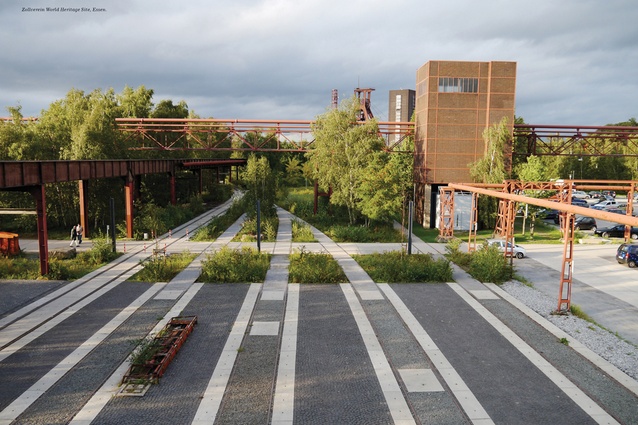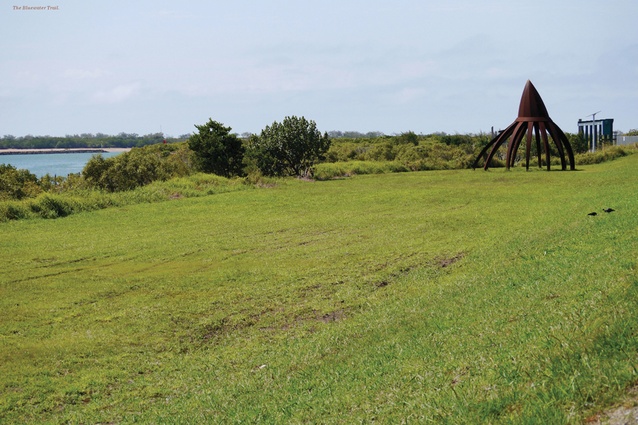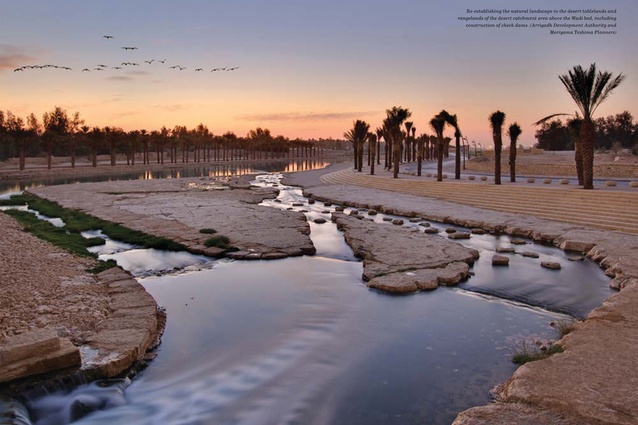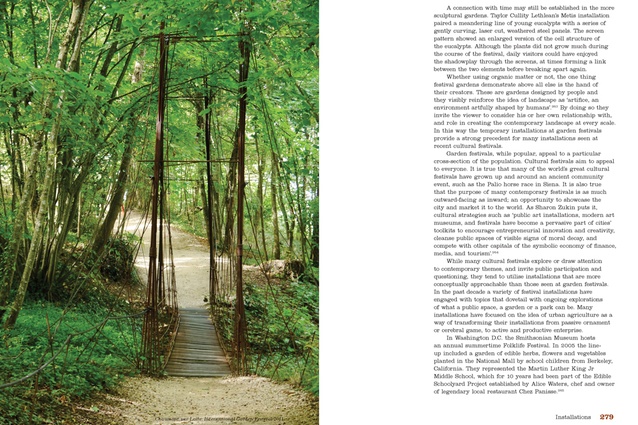Future Park: Imagining Tomorrow’s Urban Parks
Despite its sci-fi title, Future Park: Imagining Tomorrow’s Urban Parks is no work of freewheeling design fiction, but an exploration of contemporary trajectories in park design.
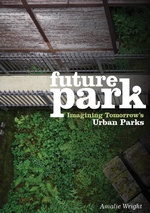
In 2007, on a bursary awarded to her by Queensland’s Centre for Subtropical Design, Brisbane-based landscape architect Amalie Wright travelled to Columbia and the United States to study the role of city parks as agents of social change. After the CSIRO caught wind of this research, they offered Wright the opportunity to develop it into a book, which eventually became Future Park.
The CSIRO deserves kudos for its interest in a title on urban park design. Australia’s cities are rapidly densifying, in many cases into brownfields sites with no existing public infrastructure to speak of. Be it at Barangaroo in Sydney, Fisherman’s Bend in Melbourne or any number of urban ‘regeneration’ projects around the country, there is an urgent need for our policymakers to understand the what, why and how of public parks, lest we all suddenly find ourselves walking the dog through the foyers of ‘high roller’ casinos and the like.
Future Park brings together a range of innovative and successful urban parks from around the world, arranging these case studies into four broad themes that form its chapters: ‘linkages’, ‘obsolescences’, ‘co-locations’ and ‘installations’. Each chapter, then, loosely serves to inform the reader of a strategy or concept in contemporary urban park design - be it either the park as a form of pedestrian or pedal-powered public transport infrastructure (linkages), a form of adaptive re-use (obsolescences), as an opportunistic catalyst of activity (co-locations) or a temporary one (installations).
Wright begins the book with a discussion of ‘value,’ in particular economic value. In an age where policy around public investment seems to be written by accountants (or, worse, developers and casino magnates), this seems a sensible enough start to convincing the powers-that-be of the importance of public parks. We learn that New York’s Central Park accounted for some US$656 million in tax revenue to the city in 2007 and that in the same city, the recently completed High Line is expected to generate some $2 billion of private investment over the next two decades. Wright, though, finds value to be a contentious concept, difficult to define in economic terms or otherwise, and her investigation quickly leads the reader elsewhere.
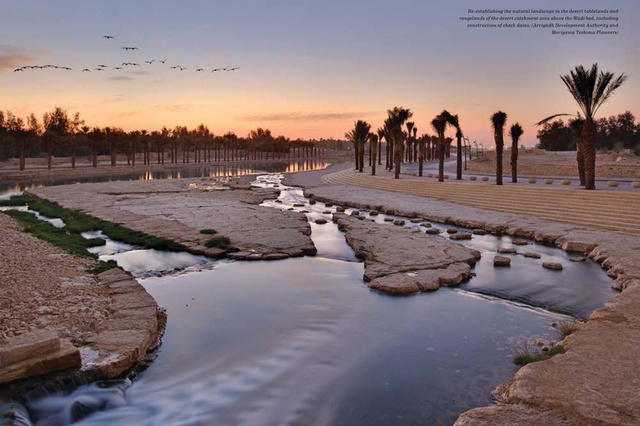
The author writes well, with lucidity, humour and an obvious passion for her subject. Her discursive approach, though, often ranges too far from its subject to sit well with the design treatment. Each chapter takes the form of a long essay, sometimes idling across 80-plus pages - the Obsolescence chapter, for example, spends some 16 pages exploring the history of the phenomena before we get to the coping strategies employed by cities to respond to it. A wide selection of images and illustrations are included, perhaps to provide respite from the text, or complement it with a visual narrative, but this leaves each chapter feeling a little scrappy, an impression not helped by the divergent quality of the photography, much of which is non-professional and doesn’t do the case studies any favours.
Clearly, this was a book produced on a tight budget. Carefully calibrated, though, a leaner approach could have delivered more. The professionals that the book hopes to address are time-poor: a choice selection of a handful of the case studies represented here, dealt with thoroughly, would have served this audience more appropriately. Fewer, but better images would also have helped Wright ‘sell’ their importance and the concepts they represent. Even something as simple as subheads to structure the chapters and orientate the reader would have been useful.
Lastly, there is the specter of value, contentious as this concept may be. The ruthless bean counting that has come to define decision-making around public services is beggaring our cities’ public spaces, but, for better or worse, value is the language of policymakers and those with the power to effect change. Future Park makes for a pleasant enough ramble through the various trajectories of contemporary park design, but if it had presented the quantitative evidence of their effects more clearly – economic effects, yes, but also environmental and social – its lessons would have been easier to digest, and much harder to ignore.
Amalie Wright, CSIRO Publishing, 2013, paperback, 360 Pages. RRP $69.95

